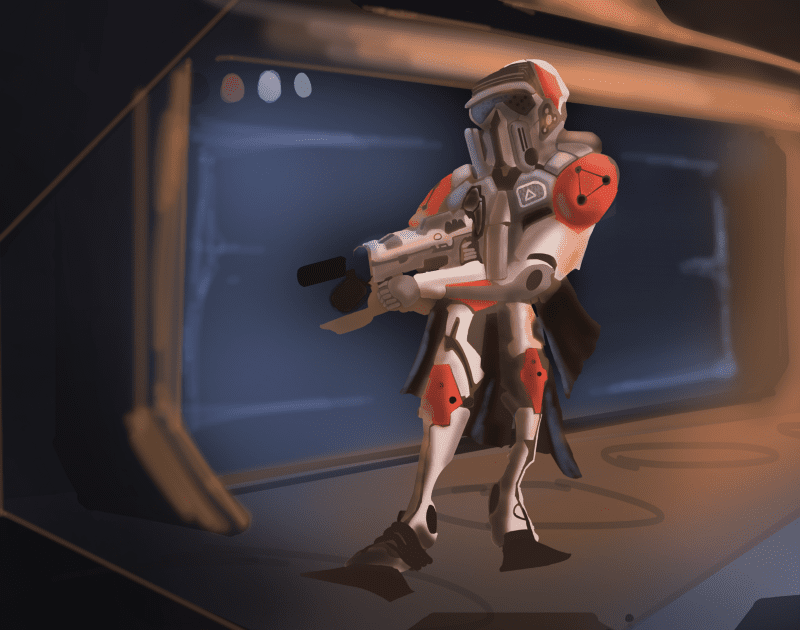Building Worlds with Unity is a comprehensive guide to game development using Unity, covering everything from setting up the development environment to creating game objects and writing custom code in C#. The guide explains how to download and install Unity, and any other tools needed, as well as how to create game objects and use prefabs for reusable objects. The guide also provides tips on how to write custom scripts and attach them to game objects, along with advice on testing and debugging games before release. Overall, the guide offers helpful advice for anyone interested in creating their own games using Unity.
Building Worlds with Unity: A Comprehensive Guide to Game Development
Introduction
If you’re interested in game development, you’ve probably heard of Unity. Unity is a versatile tool that has been used to create a wide range of games, from simple 2D platformers to complex 3D RPGs. But how exactly do games get made with Unity?
In this comprehensive guide, we’ll take you through the steps involved in building worlds with Unity. We’ll cover everything from setting up your development environment to creating game objects and writing code.
Setting Up Your Development Environment
The first step in building worlds with Unity is getting your development environment set up. This involves downloading and installing the Unity editor, as well as any other tools you may need.
Downloading and Installing Unity
The Unity editor can be downloaded for free from the Unity website. Once you’ve downloaded it, follow the installation instructions to get it up and running on your computer.
Other Tools You May Need
Depending on the type of game you’re creating, you may need other tools such as a 3D modeling program or a text editor for writing code. Make sure you have everything you need before you start building your game.
Creating Game Objects
Game objects are the building blocks of your game. These are the things that the player will interact with, such as characters, obstacles, and items.
Adding Game Objects to Your Scene
To add a game object to your scene, simply click on the “GameObject” menu and select the type of object you want to add. You can then use the transform tool to position and scale the object as needed.
Using Prefabs
Prefabs are reusable game objects that you can create and then use multiple times throughout your game. This can save you a lot of time and effort in the long run.
Writing Code
While Unity provides a lot of functionality out of the box, you’ll likely need to write custom code to make your game do exactly what you want it to do.
Using C# in Unity
Unity uses the C# programming language for scripting. If you’re not already familiar with C#, it’s a good idea to take some time to learn the basics before diving into game development.
Creating Scripts
To add custom functionality to a game object, you’ll need to create a script. This can be done by right-clicking in the project window and selecting “Create > C# Script”. You can then open the script in your text editor of choice and start writing code.
Attaching Scripts to Game Objects
Once you’ve written your script, you’ll need to attach it to a game object in your scene. This can be done by selecting the object and then dragging the script from the project window onto the object in the “Inspector” panel.
Testing and Debugging Your Game
Testing and debugging your game is a crucial step in the development process. This will help you identify and fix any issues before you release your game to the public.
Using the Unity Editor
The Unity editor provides a number of tools to help you test and debug your game. You can use the built-in console to view error messages, use the “Scene” view to inspect your game objects in real-time, and set breakpoints to pause execution and inspect variables.
Using External Tools
There are a number of external tools available for testing and debugging Unity games, such as the Unity Test Runner and Visual Studio Debugger. These tools can provide additional functionality that may be useful in certain situations.
Conclusion
Building worlds with Unity is a complex process, but with the right tools and knowledge, anyone can do it. By following the steps outlined in this guide, you’ll be well on your way to creating your own games in no time.
Remember to take your time and don’t be afraid to experiment – game development is all about trial and error. With a little perseverance, you can create the game of your dreams.
